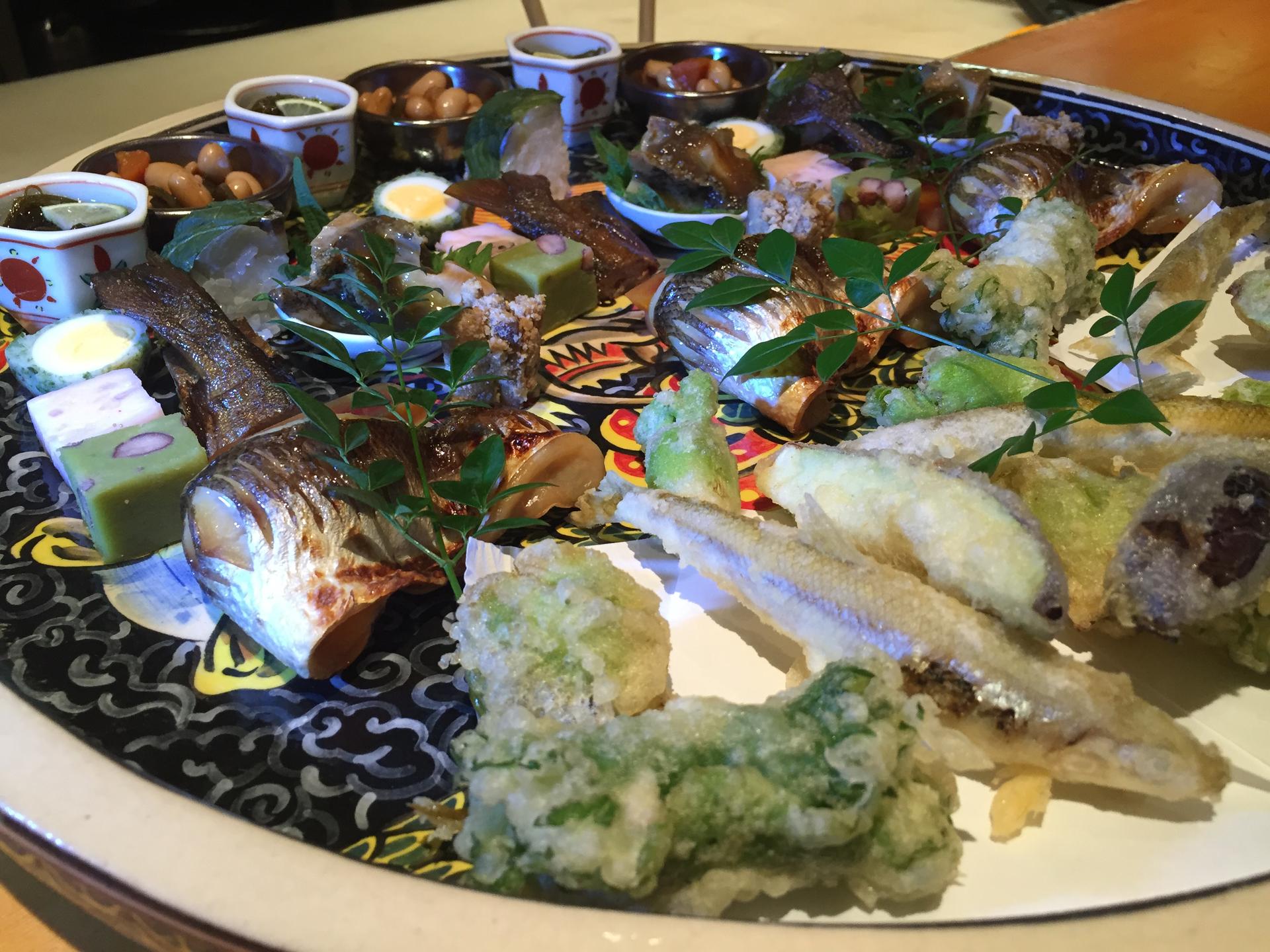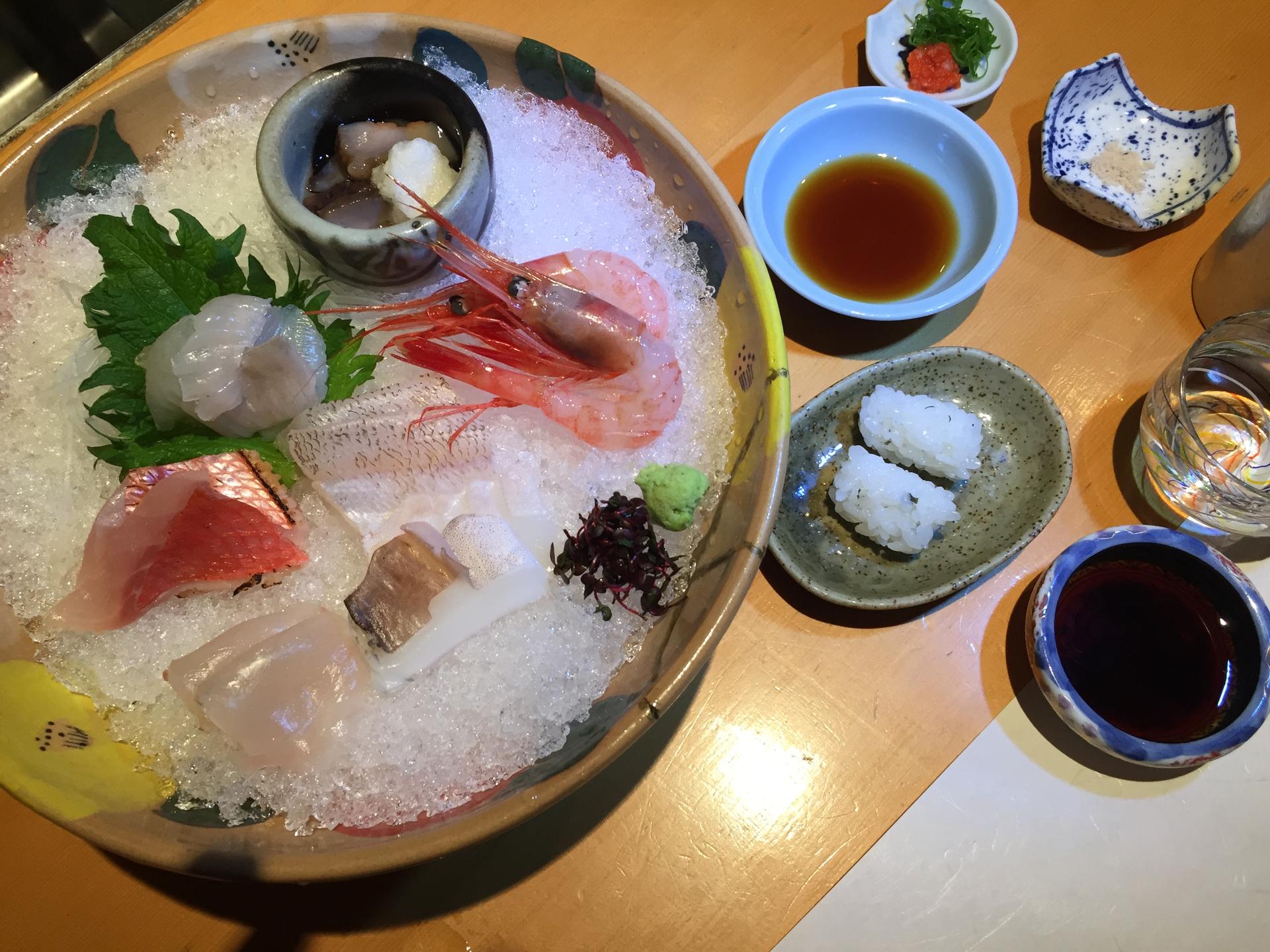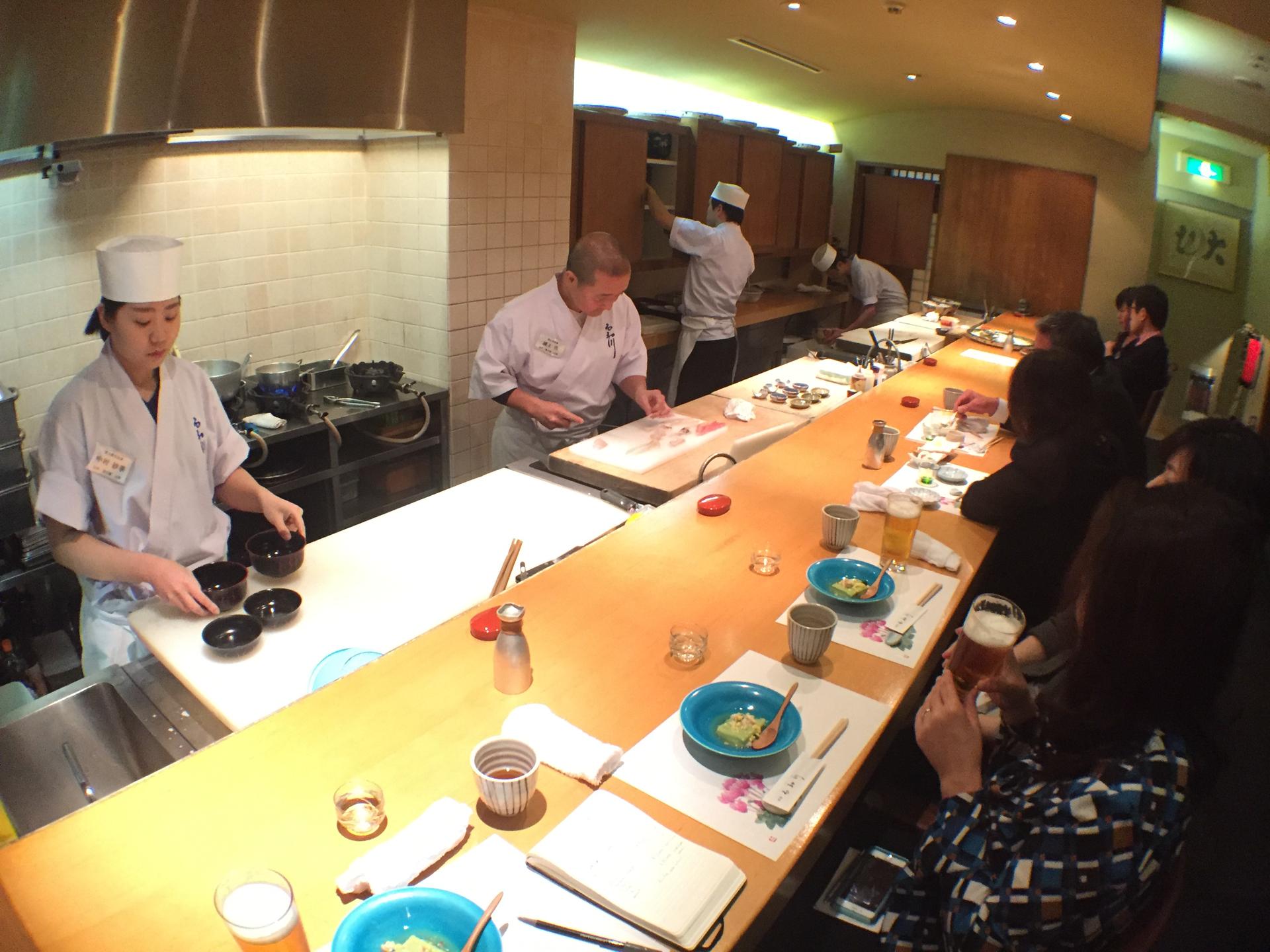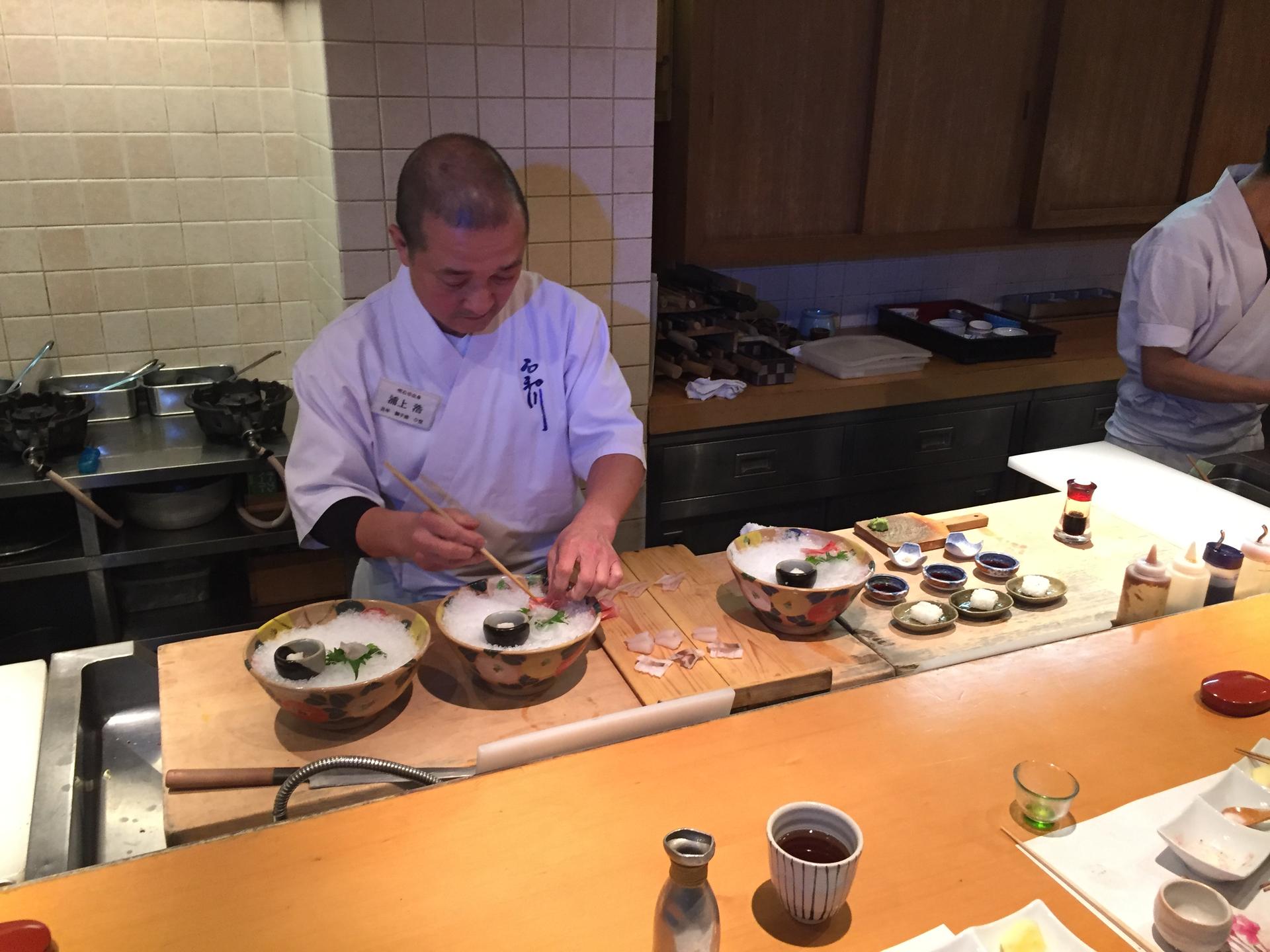Kappo chef Yutaka Urakami performs culinary magic at Iwakawa restaurant in Osaka, Japan.
There are times when you might prefer to just eat takeout alone at home in front of the TV. But if you’re looking for a more refined, more interactive eating experience, then you have to check out kappo.
Kappo is formal dining, Japanese-style, but it’s also like hanging out near the kitchen where you can chat with the chefs and watch your meal prepared right in front you.
As food journalist Steve Dolinsky describes kappo, the chef and customers face each other across a counter.
Behind the counter, the chef carefully prepares the dishes as the customers watch — slicing sashimi, roasting fish, ladling simmered vegetables from pot to dish. Diners ask questions about ingredients or cooking techniques. It’s all part of the the dining experience.
At least that’s the culinary scene in Osaka, Japan, where kappo restaurants are everywhere.
“The idea is picking up steam,” says Dolinsky, who traveled to Osaka to check out the centuries-old culinary tradition. But he says some American restaurants are now picking up on the idea, notably Le Comptoir in LA, 42 grams in Chicago and Chief’s Table at Brooklyn Fare.
Dolinsky says these chefs cook for fewer than 12 people per night in small, personal surroundings, where they can interact with their guests.

The Japanese word "kappo" simply means to cut foods with a knife and cook with fire.
Over time, kappo has come to refer to traditional and somewhat sophisticated Japanese cuisine, usually featuring sliced raw fish, steamed fish and seasonal vegetables.

Dolinsky described what you might expect at the Iwakawa kappo restaurant in Osaka.
“I had sashimi, but not just your typical salmon and tuna sashimi like we see in the States. We had fluke, we had shrimp, some beautiful squid, one of my favorite fish here in Japan, kinmedai (golden eye snappers) and then fugu, which is blowfish," he says. "I also tried grilled barracuda, and then some interesting tempura, a shiso leaf that was stuffed with blowfish eggs and then that was lightly fried in tempura. The tempura here is really delicate, really lovely.”
Another course Dolinsky described featured rich-tasting bear soup, served with oshinko or salted pickles on the side. And rice with kinmedai fish, giving it a little saltiness.
“For dessert, super, super simple — local apples, sweet bean jelly and some strawberry ice cream, because strawberries are in season right now in Osaka,” he says.
As if that meal isn’t exquisite enough, Dolinsky says it’s a treat to sit and talk with the chef. “You are sitting at a counter watching the chefs and there’s interaction, so I was able to ask questions like' what was that, how did you slice it, where did that come from?'”
"That’s the whole point of kappo — you have an interactive experience, you’re able to talk to the chefs, ask them questions, really just point and ask about the ingredients,” Dolinsky says.
For their part, the chefs skillfully create their array of favorite dishes hoping to please their customers. The highly skilled chefs strive to make the best meals they can, and they’re out in front of people all day long.
“There’s no kitchen to hide in,” says Dolinsky.” In a kappo, the chefs are right out on the stage.”

The story you just read is accessible and free to all because thousands of listeners and readers contribute to our nonprofit newsroom. We go deep to bring you the human-centered international reporting that you know you can trust. To do this work and to do it well, we rely on the support of our listeners. If you appreciated our coverage this year, if there was a story that made you pause or a song that moved you, would you consider making a gift to sustain our work through 2024 and beyond?
